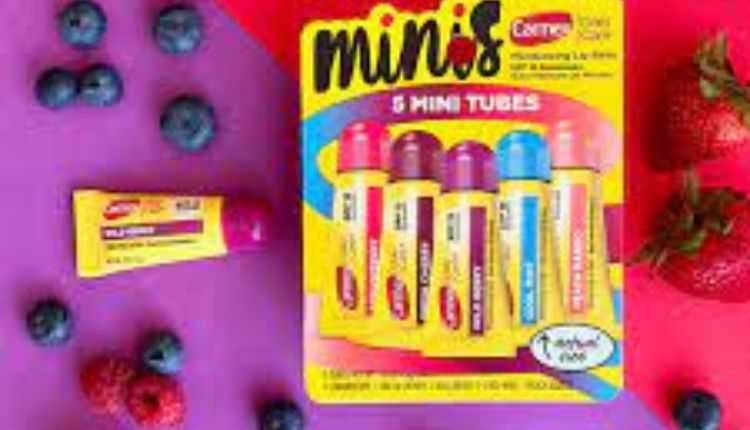Introduction:
When it comes to lip care, there are countless products available on the market, each promising to soothe, moisturize, and protect your lips. Carmex, a popular brand known for its iconic yellow packaging, has gained both praise and criticism over the years. In this article, we will address the common misconception surrounding Carmex and explore whether it is truly bad for your lips or not.
Understanding Carmex:
Carmex is a lip balm brand that has been around for over 80 years. It contains a blend of ingredients, including petrolatum, camphor, menthol, and lanolin. These ingredients work together to provide a cooling sensation, moisturize the lips, and create a protective barrier against external elements. However, some critics argue that certain ingredients in Carmex can be harmful. Let’s examine these claims more closely.
The Myth Of Carmex’s Drying Effect:
One of the most prevalent misconceptions is that Carmex actually dries out the lips, leading to a cycle of dependency. This belief likely stems from the presence of camphor and menthol in Carmex, which provide a tingling sensation upon application. However, these ingredients are not inherently drying. In fact, they can provide temporary relief from dryness by stimulating blood circulation and soothing irritated lips. The key to avoiding lip dryness is to strike a balance and use lip balms sparingly, rather than relying on them excessively.
Petrolatum:
A Blessing or a Curse? Another contentious ingredient in Carmex is petrolatum, a common emollient used in lip balms and skincare products. Critics argue that petrolatum can create a dependency on lip balm and prevent the lips from producing natural moisture. While it is true that excessive reliance on lip balm can lead to a reduction in the natural moisturizing process, petrolatum itself is not the culprit. In fact, petrolatum acts as an occlusive agent, sealing in moisture and preventing water loss from the lips. As long as Carmex is used judiciously, it can effectively lock in moisture without hindering the natural hydration process.
The Importance Of Patch Testing:
Individual reactions to lip care products can vary, and what works for one person may not work for another. Patch testing is a crucial step in determining whether a particular lip balm, including Carmex, is suitable for you. Apply a small amount of the product to a discreet area of your skin, such as the inside of your forearm, and monitor for any adverse reactions for at least 24 hours. If no irritation occurs, it is likely safe for use.
FAQs:
- Can Carmex cause an allergic reaction? While allergic reactions are possible with any cosmetic product, they are relatively rare with Carmex. However, if you have a known allergy to any of the ingredients in Carmex or have experienced allergic reactions in the past, it is advisable to consult a dermatologist before using it.
- Is Carmex addictive? The notion that Carmex is addictive stems from the belief that it causes lips to become dependent on the balm. However, this is a misunderstanding. Carmex does not contain any addictive substances. The sensation and relief it provides may make it tempting to reapply frequently, but moderation is key to maintaining healthy lips.
Conclusion: In conclusion, the claims that Carmex is bad for your lips are largely unfounded. When used properly and in moderation, Carmex can effectively moisturize and protect your lips. The key is to strike a balance and avoid excessive reliance on any lip balm. As with any skincare product, individual reactions may vary, so it’s essential to perform a patch test before incorporating Carmex into your lip care routine. Ultimately, keeping your lips hydrated and healthy involves a holistic approach that includes a balanced diet, proper hydration, and protection from harsh environmental conditions.
